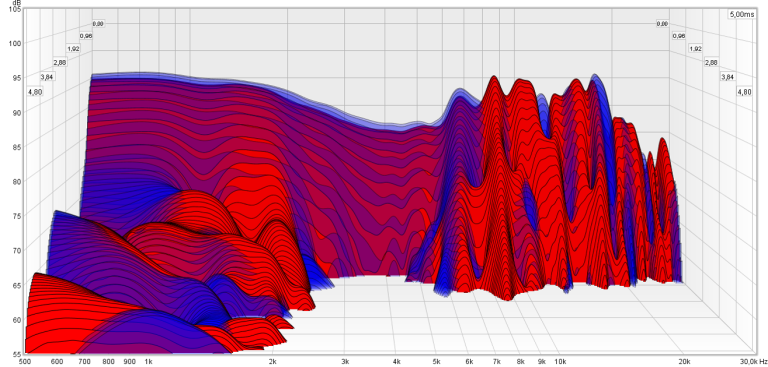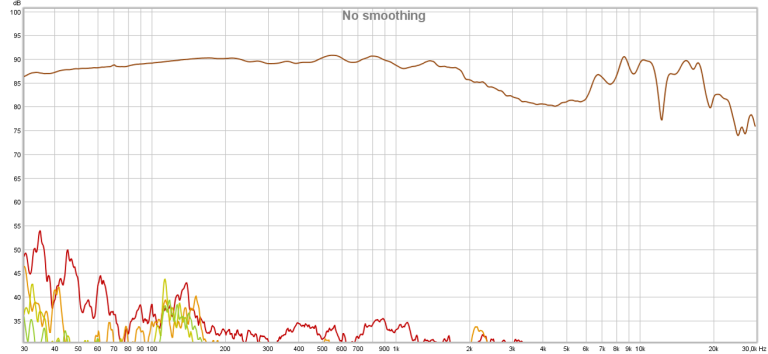DualTriode
Addicted to Fun and Learning
- Joined
- Oct 24, 2019
- Messages
- 895
- Likes
- 593
Tests like this are only useful for designers searching for something specific. Ditto for CSD/waterfall/time domain response, etc. For end-customers, they only serve to confuse and add noise to otherwise useful measurement.
We may occasionally use them on digging deep on "why" something is the way it is. But as a routine measure, they are not useful. This is why I don't post waterfalls for speakers even though I secretly run them all the time.
I have a mechanical engineers’ brain. I have been taking things apart to see how they tick since I could pick up a hammer.
@amirm, I will be following how you do things, I am interested in how you will put together your Headphone dashboard and testing protocol. I will mostly stay out of the way.
A couple of things that I will look at are driver stored energy aka resonance and driver distortion.
Thanks DT



